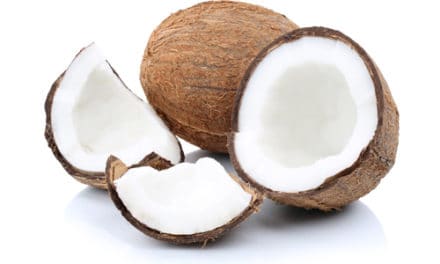By Natalie Peterson
CMT, 200RYT, Integrative Nutrition Health Coach, Lifestyle Doula
Vitality Yoga – Red Bluff
The word yoga means union, unite, or to yoke. Yoga has gained popularity in the western world and it seems there is a yoga studio in every small town. For me, however, yoga has become so much more than what happens on your little blue mat in a room full of sweaty strangers, it is about how we show up in the world for ourselves, as well as others.
As we make our way through the holiday season and into the frenzy of New Year’s resolutions, let us remember the joy and release the stress. For many the holidays become consumed by consuming, and the fuss outweighs the fun. The focus on presents versus being present, the food comas, and family disputes have us battling headaches, stiff necks, upset tummies, interrupted sleep patterns, and quite frankly very Grinch like behavior that lingers on long past the festivities.
By applying the teachings of yoga to our daily lives with some very simple practices, we are able to shift that paradigm with ease. First and foremost, we must remember to breathe. Breath practices in yoga are known as pranayama, or to move the life force (breath) with conscious intention. After all, we can live days without water, weeks without food, but only moments without our breath. I know it may sound silly…how in the world do we forget to breathe? The key is we forget to breathe fully and mindfully. Daily most of us use only one third of our lung capacity. When this is the case, it creates a cascade of effects:
• Less oxygen in means less oxygenation to our brains (yikes), our muscles, and our organs.
• Lung expansion is restricted, allowing toxins and illness to settle into the lung tissue (think those deep barking coughs you hear in the winter).
• Shallow breathing keeps us in our sympathetic nervous system, adrenal response, fight or flight, leading to adrenal fatigue.
• Lower lymphocytes and lowered immune function, among other critical impacts to our overall health and wellness.
With the onset of our more sedentary, high stress, environmentally toxic, over committed lifestyles, we have become shallow breathers as a whole. Deep diaphramatic breath is no longer instinctive into adulthood. A newborn naturally practices this type of breath, their belly rises and falls with each inhale and exhale. Shallow breathing causes stress and stress causes shallow breathing, quite the conundrum for sure.
Pranayama, or yogic breath, has the potential to:
• Lower overall stress response
• Lower blood pressure
• Increase energy levels
• Increase cognitive function
• Improve sleep quality
• Increase digestive function
• Increase our ability to focus
The following are some simple breathing practices to get you started.
Find a comfortable seat, with your back supported, and your feet firmly on the ground. Even better yet, start to practice while at a stop light, in line at the store, in a meeting, or anytime you are in need of a quick reset.
Equal Ratio Breath: Inhale for the count of 6, exhale for the count of 6, repeat through three full cycles.
Extended Exhale: Inhale for the count of 6, exhale for the count of 8, for three cycles, once you are comfortable with this add two counts to your exhale. Continue for three more cycles.
Three Part Breath: Inhale, visualize filling your lower belly, then your ribcage, then behind your collarbones, as you exhale empty from your collarbone, your ribcage, and finally your lower belly. Inhale=fill top to bottom, Exhale=empty top to bottom. Continue for three or more cycles.
May you continue to CULTIVATE practices that NOURISH you on all levels to SUSTAIN your own personal well-being.
Happy Breathing.











